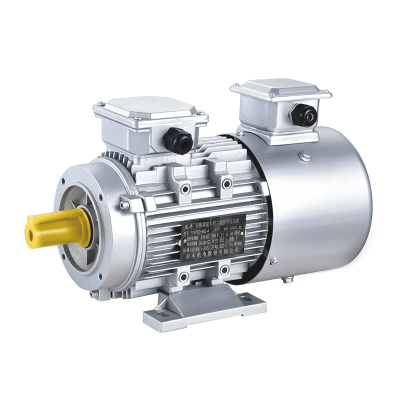Overcoming Challenges in High-Speed Motor Applications

To improve the performance of high speed motors, engineers employ various techniques aimed at improving their overall efficiency. This article explores several key strategies, including a rotor design program, the use of high-efficiency magnetic materials, and advanced cooling technologies.
One of the important factors influencing the efficiency of high speed motors is the design of the rotor. The rotor is responsible for converting electrical energy into mechanical energy, and its performance directly impacts the motor's overall efficiency. At high speeds, the rotor experiences significant centrifugal forces, which can cause deformation, vibrations, and energy losses.
To address these issues, engineers focus on optimizing the rotor’s shape, materials, and balancing. A well-balanced rotor reduces vibrations and ensures smoother operation, which in turn minimizes energy loss due to friction and mechanical stresses. Advanced materials, such as carbon fiber composites, are often used to reduce the rotor's weight while maintaining its strength and stability. This results in lower energy consumption and improved efficiency for high speed motors.
Another significant factor in enhancing the efficiency of high speed motors is the selection of high-efficiency magnetic materials. Traditional motors often use standard ferromagnetic materials, but these can cause significant energy losses, particularly at high rotational speeds. The use of advanced, high-performance magnetic materials, such as rare-earth magnets (e.g., neodymium), can dramatically reduce energy loss by increasing the motor's magnetic flux density.




